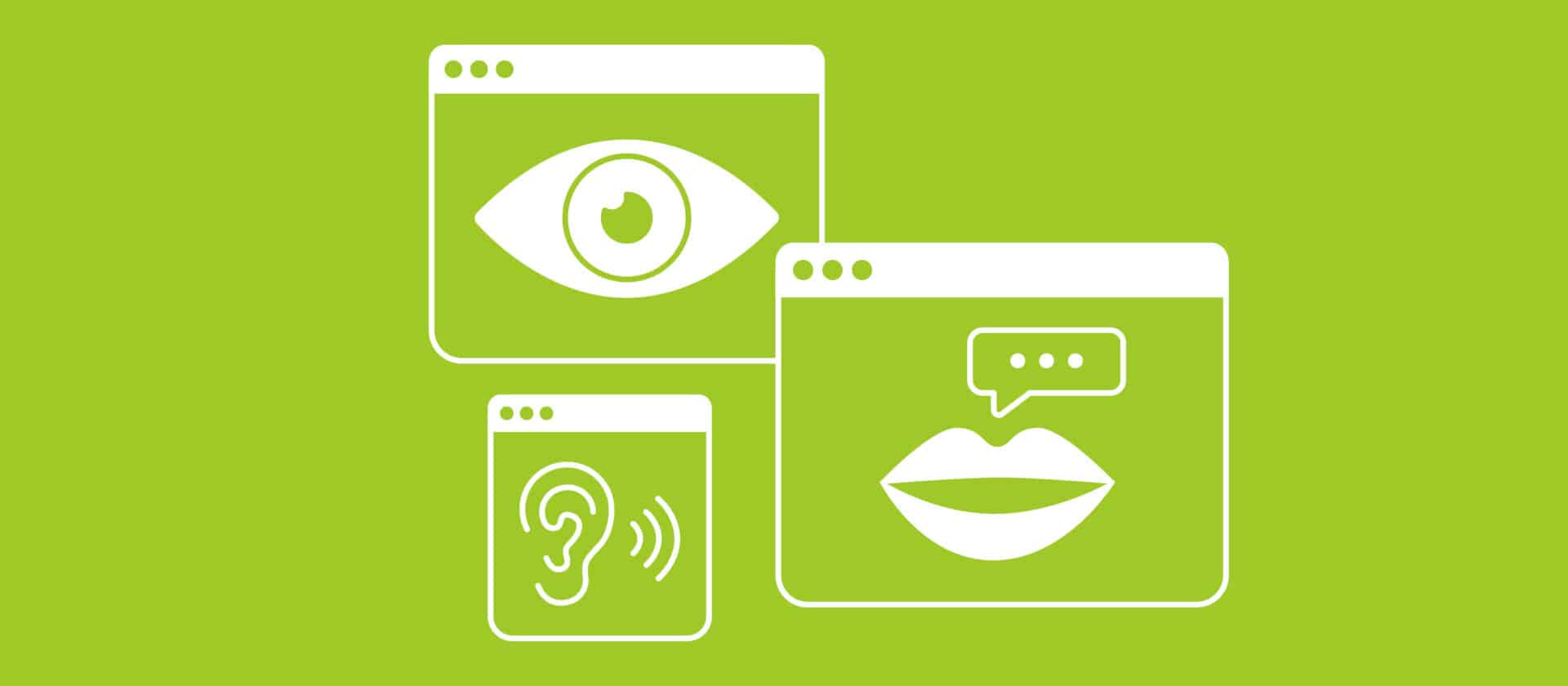In the ever-evolving landscape of eCommerce, accessibility is not just a regulatory requirement; it’s a commitment to inclusivity that can significantly enhance user experience and broaden customer reach. For international enterprise-level organizations, understanding the differences between US and EU accessibility legislation is crucial. This post aims to provide clarity on these differences and highlight key considerations for organizations operating in both policy spheres.
Understanding the legal framework
EU Accessibility legislation
In the European Union, accessibility legislation is primarily guided by the Web Accessibility Directive and the European Accessibility Act (EAA). While enforcement mechanisms may vary among member states, the overarching aim is to ensure that digital services are accessible to all citizens, including people with disabilities.
- Web Accessibility Directive, 2016/2102: This directive applies specifically to public sector bodies but sets a precedent that influences private sector obligations. It emphasizes that any public-facing online services must be accessible and provides a framework for member states to develop national legislation to enforce these standards.
- European Accessibility Act (EAA), 2019/882: This act extends public sector obligations and mandates that private sector websites and mobile applications as well as products and services with digital features must meet accessibility standards. It extends to various sectors, including eCommerce sites and payment portals, requiring organizations to implement the Web Content Accessibility Guidelines (WCAG) 2.1 at Level AA. This requirement is widely expected to be increased to WCAG 2.2 AA within the next 12 months, so proactively focusing on WCAG 2.2 AA may be a more beneficial goal. Note: Like GDPR, compliance requirements for EAA are triggered when you have EU customers, so many non-EU companies will need to comply.
- National Legislation: While the EAA and the Directive provide a unified framework, individual EU member states enact their own laws, which can introduce additional requirements. For instance, countries like Germany and France have stringent accessibility laws that extend beyond the minimum requirements set by the EU.
US Accessibility legislation
In the United States, accessibility laws are primarily governed by the Americans with Disabilities Act (ADA), along with some state laws and regulations. However, the ADA does not explicitly mention web accessibility, and this leads to a patchwork of interpretations and enforcement.
- Americans with Disabilities Act (ADA): The ADA prohibits discrimination based on disability and has been interpreted by many courts to apply to websites. However, there is no specific standard like WCAG that is mandated by law, which can create uncertainty for organizations. Based on court cases and settlements however, it is widely understood that working toward conforming with WCAG 2.1 AA is the appropriate goal, as this is usually mandated in court settlements. There is a much clearer case that public sector sites must be accessible, and the US Department of Justice announced in 2024 that all levels of public sector sites must meet WCAG 2.1 AA guidelines by April, 2026. This includes any entities (like medical practices) that receive federal reimbursements for Medicare or Medicaid.
- Section 508: This applies to federal agencies and their contractors, requiring that electronic and information technology be accessible. However, it does not extend to private-sector businesses unless they are involved in federal contracts.
- State Laws: Various states have their own laws that can enforce web accessibility, often aligning with or exceeding ADA requirements. For instance, California has its own accessibility law, the California Unruh Civil Rights Act, which provides broader definitions and protections.
Key differences and considerations

Compliance and standards
- Clarity of Standards: The EU’s reliance on WCAG as a clear standard for accessibility contrasts with the US, where the absence of a definitive standard can create ambiguity. Your organization must be proactive in interpreting ADA requirements and typically will benefit from adopting WCAG AA guidelines even if not legally mandated.
- Enforcement: EU member states have a structured enforcement framework, often with specific penalties for non-compliance. In the US, enforcement is largely driven by litigation (including some predatory litigation), leading to significant variation in how organizations approach accessibility. In 2023, 82% of the ADA website lawsuits in the US were eCommerce sites, and this means that if you run an eCommerce site, you may reduce your lawsuit exposure by adopting WCAG AA guidelines.
Scope of application
- Public vs. Private Sector: The EU places a strong emphasis on public sector accessibility, which indirectly impacts the private sector, especially eCommerce companies. In contrast, while the ADA applies to public accommodations, the private sector may not face the same immediate requirements unless state laws dictate otherwise or they are targeted by a lawsuit.
- Universal Design Principles: The EU promotes accessibility as a fundamental right, while in the US, accessibility is often viewed through a compliance lens. This cultural difference can influence organizational approaches to design and user experience.
Recommendations for international organizations
For organizations operating globally, the implications of these differences are profound. Here are several considerations:
- Unified Approach to Accessibility: Adopting a global accessibility strategy that meets or exceeds EU standards can simplify compliance across jurisdictions. This approach not only mitigates legal risks but also enhances the overall user experience. Ensure that all digital content is accessible, not just websites, but also apps, customer support, and marketing materials.
- Training and Awareness: Invest in training for teams across regions and departments to foster an understanding of local legislation and best practices. This can include training on the WCAG guidelines, understanding assistive technologies, and implementing inclusive design principles. Accessible implementations include developers, designers and content managers.
- Monitoring and Reporting: Regular audits of digital platforms for accessibility compliance can help organizations stay ahead of regulatory requirements. Utilize tools and technologies that facilitate monitoring, reporting, and remediation of accessibility issues. Remember that manual testing should be included in addition to automated testing, since some issues may only be identified through manual testing.
Conclusion
As eCommerce continues to expand across borders, the importance of accessibility cannot be overstated. Understanding the nuances of US and EU accessibility legislation is critical for organizations looking to create inclusive digital experiences. By adopting a proactive, unified approach to accessibility, businesses not only comply with legal requirements but also foster a more inclusive marketplace that can drive growth and customer loyalty. Embracing accessibility is not just a legal obligation; it is an opportunity to enhance your brand’s reputation and reach a wider audience.
Syde is proud to partner with Bet and her company AccessiCart in our shared mission to make the web a better place by making websites accessible to everyone. Thanks Bet, for sharing your expertise and providing this helpful article!
Related articles
-

Rethinking WordPress Multisite: Simpler, Smarter, More User-Friendly
When WordPress 3.0 was released back in 2010, named Thelonious after jazz pianist Thelonious Monk, it introduced a feature that fascinated me immediately: Multisite.
-

Contributing to Something Bigger: My Hacktoberfest Experience at Syde
Hacktoberfest has become a recurring highlight in my year and a moment that reminds me why I am committed to open source and why I enjoy being part of Syde.
